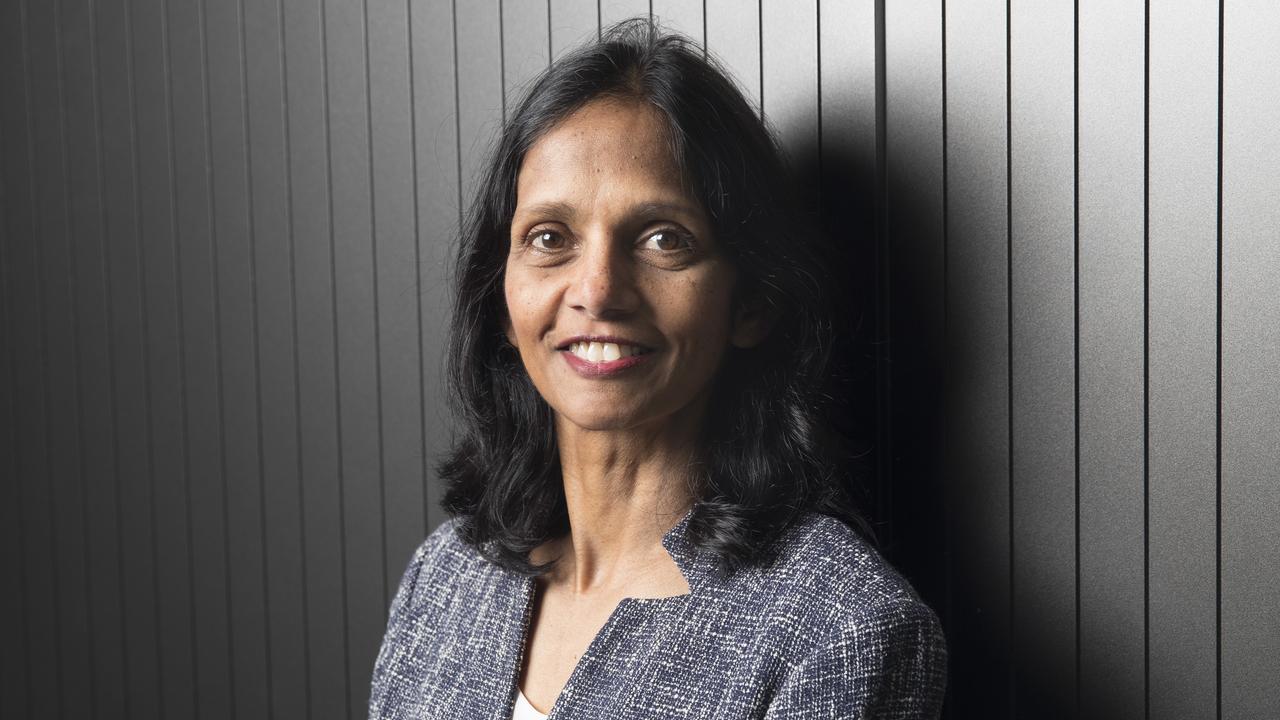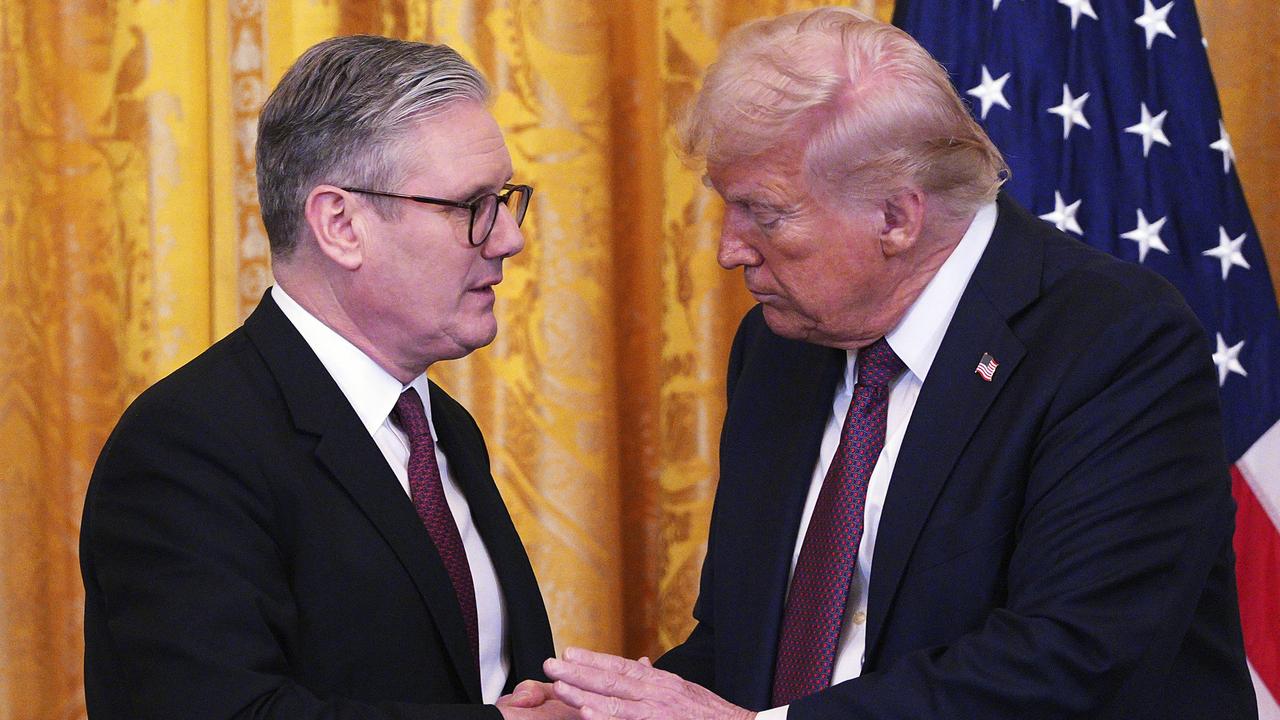RBA has hand on inflation lever
The RBA predicts the tightest labour market in decades will drive unemployment down to 3.25 per cent by the end of this year.

The Reserve Bank predicts the tightest labour market in decades will drive unemployment down to 3.25 per cent by the end of this year, as Anthony Albanese says Australia will not suffer the double-digit inflation set to plunge Britain into recession.
The RBA’s latest monetary policy statement forecasts consumer price growth to climb from the 30-year hight of 6.1 per cent in June to a peak of 7.75 per cent by December, before moderating over the next two years to 3 per cent as higher interest rates drag on growth and spending, and as pandemic supply bottlenecks ease.
With households set to feel the pinch from falling real incomes for another one to two years, the central bank’s economists predicted power costs would jump 10-15 per cent this year, and said there would be more energy pain ahead.
The central bank was caught flat-footed by this year’s jump in consumer prices, and has responded by unleashing a string of consecutive rate hikes from May that has taken its cash rate target from a record low of 0.1 per cent, to 1.85 per cent – the fastest monetary policy tightening since the early 1990s.
The RBA in its statement three months ago did not expect inflation to go above 6 per cent, and in February the bank’s economists believed the peak would be 3.75 per cent in June.
With the danger of runaway inflation now clear and present, Friday’s monetary policy statement said “the board is committed to do what is necessary to ensure that inflation in Australia returns to the 2 to 3 per cent target range over time”.
“It is seeking to do this in a way that keeps the economy on an even keel. The path to achieve this balance is a narrow one and subject to considerable uncertainty. The board expects to take further steps in the process of normalising monetary conditions over the months ahead, but it is not on a preset path,” the RBA said.
Economists anticipate that the RBA at its meeting next month will hike rates by half a percentage point to 2.35 per cent.
Governor Philip Lowe has said the “neutral” cash rate – at which point monetary policy is neither stimulatory or contractionary – is probably 2.5 per cent, and Friday’s monetary policy statement noted that investors and analysts believe rates would rise to 3 per cent by the end of this year.
Taming higher and more persistent than anticipated inflation meant the economy would grow 3.2 per cent this year, well below the May estimate of 4.2 per cent.
Real GDP growth would then decelerate to 1.75 per cent in each of the two following years.
This sub-par growth, however, would not trigger a substantial hit to jobs, with the RBA’s economists predicting unemployment would still be a low 3.5 per cent by the end of next year – well under the pre-pandemic level of about 5 per cent.
In contrast, Bank of England governor Andrew Bailey on Thursday night, Australian time, caused shockwaves after he predicted Britain was about to enter a long recession stretching from the final quarter of this year to the end of next year.
Blaming the dramatic impact on gas prices from Russia’s invasion of Ukraine, Mr Bailey said he expected inflation in Britain would climb from 9 per cent to above 13 per cent by December, and that inflation would still be close to 10 per cent in a year’s time.
Mr Albanese on Friday said Australia was not facing the same grim future.
The Prime Minister told ABC radio that “inflation will get a little bit worse between now and the end of the year”.
“But once it peaks, it will reduce next year in 2023. So we don’t see that it will hit the double figures that are being spoken about in Europe and in some other destinations,” he said.
With the labour market remaining tight, the RBA forecasts wages growth will rise from about 2.5 per cent to 3 per cent by the end of this year, or still less than half expected inflation at 7.75 per cent.
But pay rises, as measured by the change in the wage price index, would then accelerate to 3.6 per cent by December 2023, and to 3.9 per cent by the close of 2024. That would be the fastest pace since the mining investment boom in 2012, the RBA said.
Still, wages growth would not outstrip inflation until mid-2024.




To join the conversation, please log in. Don't have an account? Register
Join the conversation, you are commenting as Logout